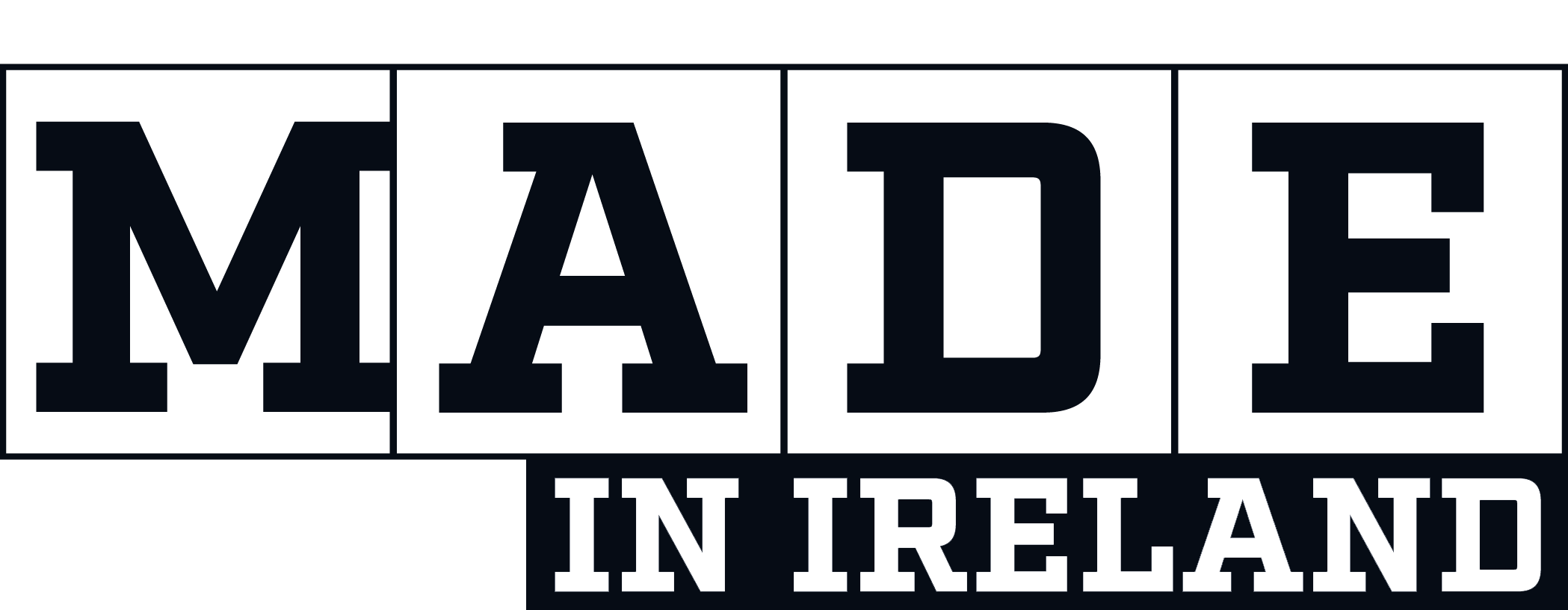There are several factors that cause DC motors to become hot – something that should be avoided especially in hand-held devices. Oversizing the motor can help. However, there are other options as well.
When a DC motor is operated close to its nominal torque, it may become very hot. In continuous operation, the winding can reach temperatures up to 155 °Celsius, which results in a housing temperature around 120 °Celsius. No surgeon would want to work with a tool like that, not even at half the temperature.
What can be done about it? Leaving friction aside, there are two main sources of loss that cause a motor to heat up: electrical heat and iron loss.
Electrical heat loss depends on the load torque, which is proportional to the current. The loss increases with the square of the current. High currents close to the nominal current cause temperatures that are unsuitable for contact with human skin. However, if a motor is running at only half its nominal current, then temperatures are more moderate (usually under 50 °Celsius) and suitable for contact with human skin. For motor selection, this means: Oversize it! The above considerations are based on continuous operation, where the maximum temperature is only reached after 10 minutes. Hand-held devices, however, are usually run in intermittent operation with a duration of 30 minutes and more.
This means that we still must consider continuous operation, but based on the effective load current (RMS, the root mean square) over the entire load cycle. The mean heat build-up is equivalent to that caused by continuous operation with the RMS load torque.
Temperatures are more moderate if a motor is running at only half its nominal current.
Iron losses depend on speed. Eddy current losses increase with the square of the motor speed and heat up the motor whenever it’s running, even without load. For hand-held devices, this can become a problem with grinding and milling tools that run at speeds of several tens of thousands of revolutions per minute (rpm). Such high-speed motors need to be specially designed to minimize eddy current losses. They are typically built with fewer magnetic poles, ironless windings, and ultra-thin iron plates with a low hysteresis in the magnetic return. The maxon ECX SPEED programme combines these special characteristics.
With their long design and diameters from 16 to 22 millimetres, these brushless DC motors are perfect for hand-held devices that operate at speeds significantly upward of 10,000 rpm.
It often helps to reduce excessive supply voltages to a minimum.
However, heat generation in a motor depends on more than torque, speed, and construction. It also depends on the design of the pulse-width-modulated (PWM) controller and the setting of the control parameters. A customer recently complained to us about their hot motor (80 °Celsius and more) even at idle. Detailed analysis revealed that the control and the supply voltage were an important factor. Ironless windings have a very low inductance, which results in a low electrical time constant. As a result, the current responds very rapidly to changes in the voltage – which is desirable if dynamic behaviour is a design goal. However, if such a motor is controlled with a PWM output stage, which is what most controllers have, then the motor current follows these fast voltage changes.
This can cause a large current ripple. While PWM voltage and current ripples have no effect on the mechanical behaviour of a motor – the motor basically “sees” only the mean current and voltage – peak currents in the ripple cause the motor to heat up. In a similar way, rigid control loop settings cause strong, rapid current responses with a corresponding heat build-up. Possible countermeasures to minimize current ripples are:
By the way, our customer’s temperature problem was easily solved: All they had to do was to swap their oversized controller for a maxon ESCON controller. The ESCON solution has a lower nominal power (while still sufficient of course). It operates at a higher PWM frequency than the existing controller and has a larger built-in motor choke. This would already have helped a lot.
However, it was possible to lower the temperature even further by decreasing the supply voltage until it was close to the required minimum










